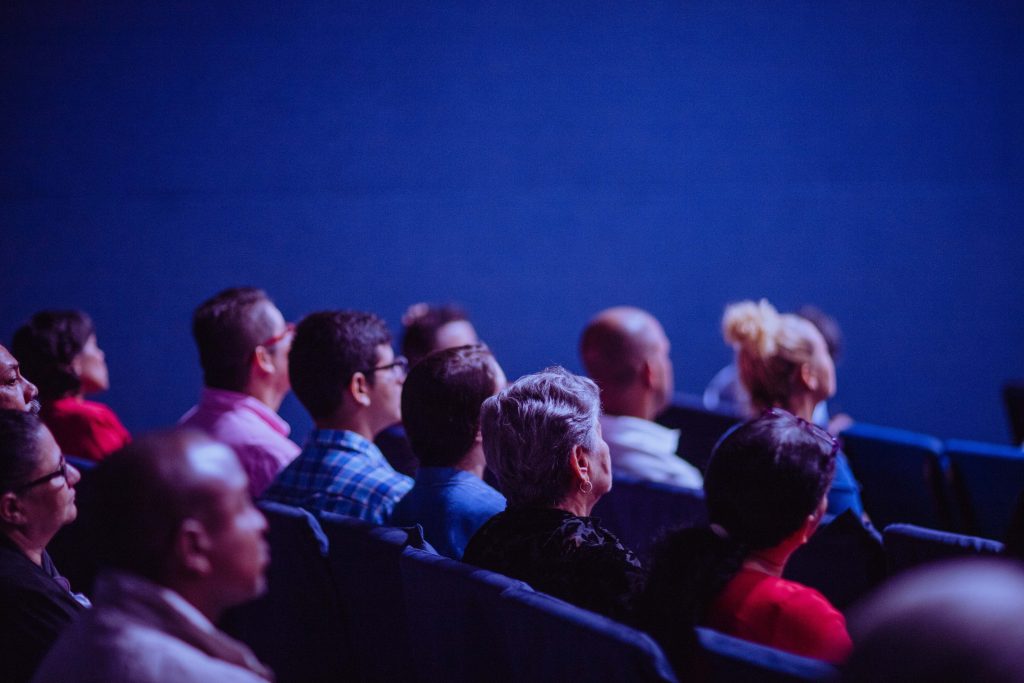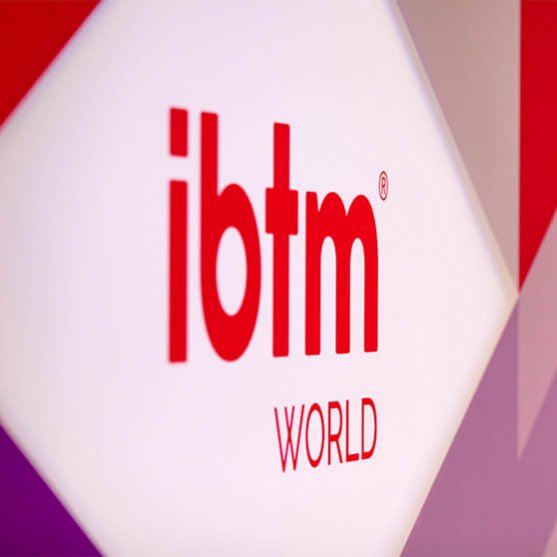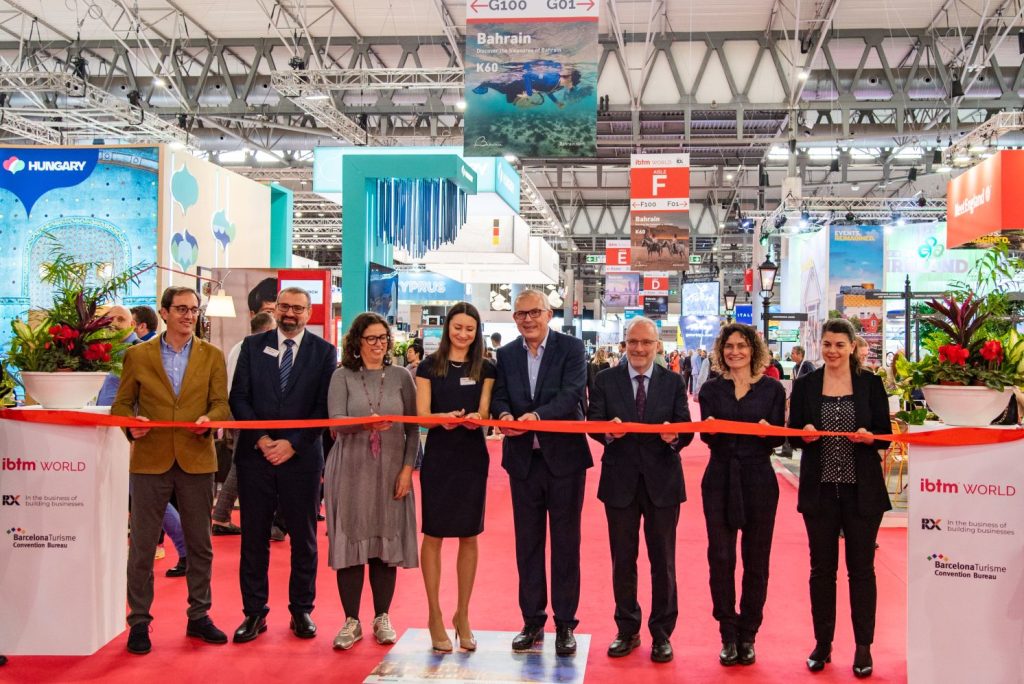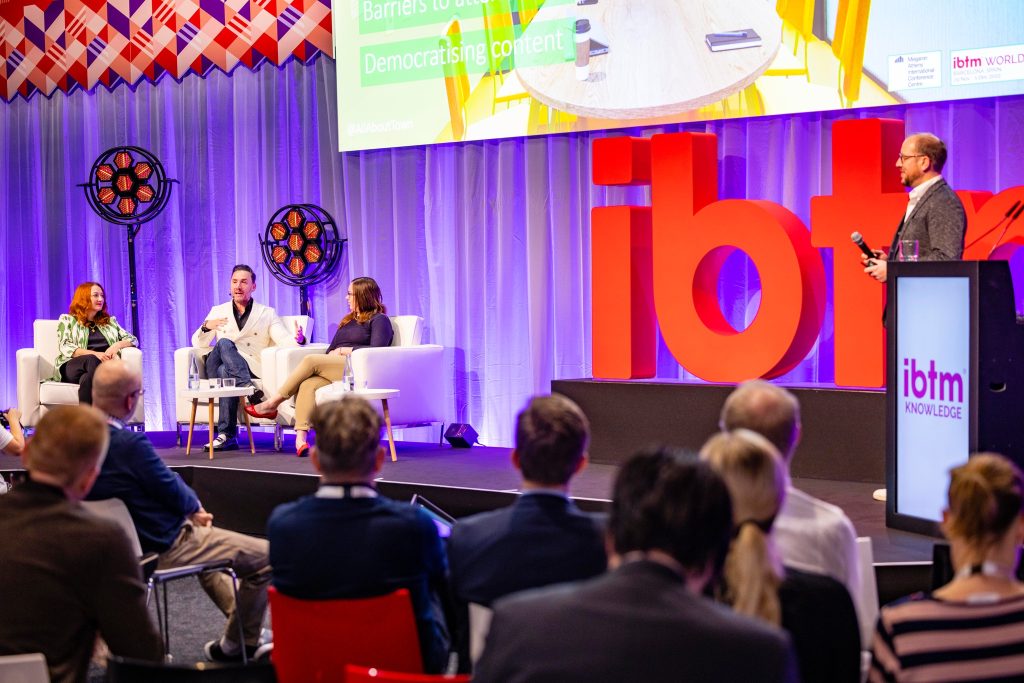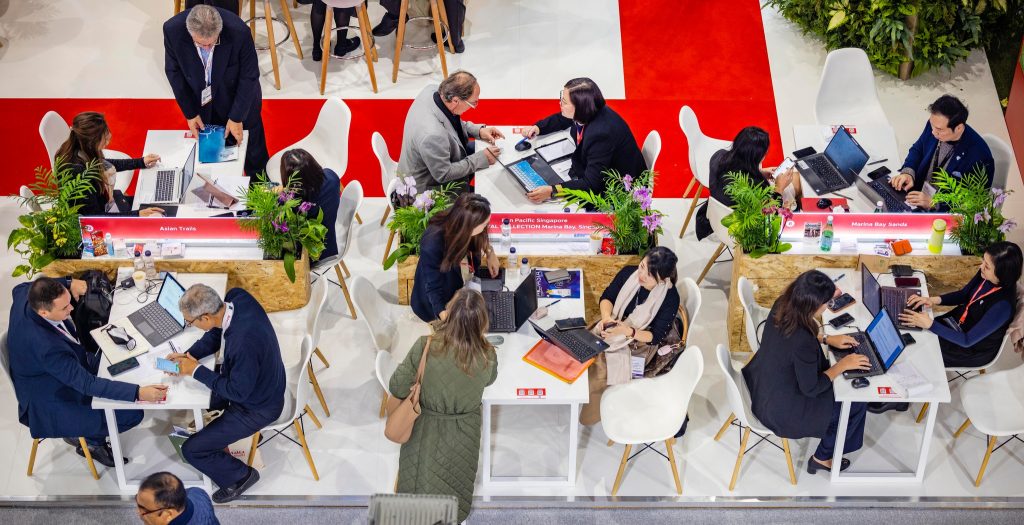Brain research shows added value live event
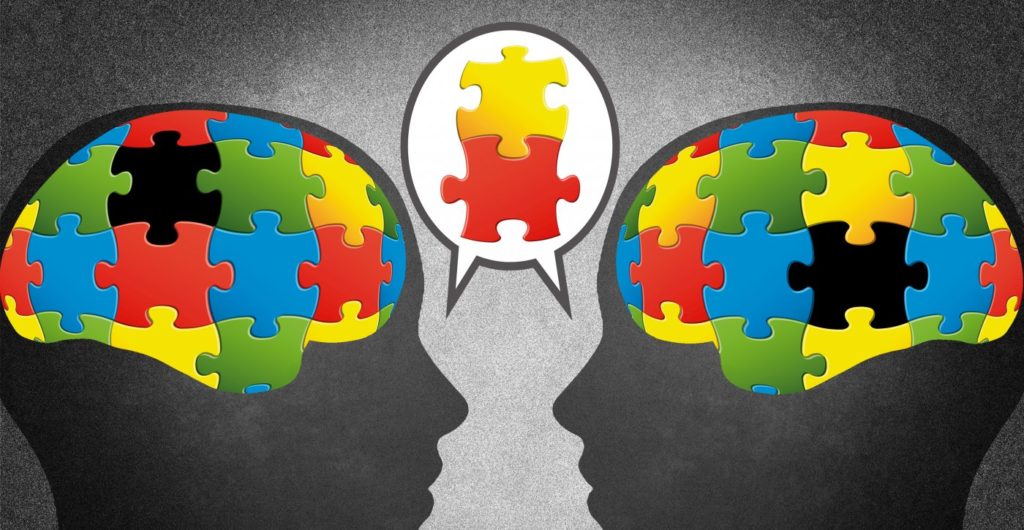
Share news
Listen
Two studies
Scientists have equipped a representative group of 24 visitors to a Dutch tradeshow (Huishoudbeurs) with NIRS equipment that registers the unconscious assessment of observations. Contact moments with exhibitors Weleda, Fruittella and The Famous Grouse were recorded on video. The compilation of these images representing the tradeshow visit was shown to a second group of 24 respondents. This gave them a “deferred’”exhibition experience that was measured via an MRI scanner at the University of Amsterdam. The researchers paid attention to emotions in the brain and whether that activation leads to a positive or negative assessment.
The result: more activity in the brain during a live event, it is more effective
Martin de Munnik, co-founder of Neurensics, says: “a special area in the brain actively participates in a live event, which is not or much less activated when watching a video. This part of the brain is mainly involved in assessing the factual information that is presented. The energy that the brain uses for this is much greater than that of the control group. We see this as an investment the brain makes in acquiring knowledge and the explanation for the fact that a personal and direct contact is much more effective than a delayed contact”.
Sjoerd Weikamp, owner of Eentbranche.nl, adds: “a comparison of the brain activation of a trade fair visit with that of viewing video images such as commercials shows that the brain – thanks to the personal approach – is consciously looking for information at a trade fair, where the information of a commercial is passively processed. With lean-in as the scientists call it, information is proactively processed. This requires a lot of energy. For example, we can literally speak of an investment that the brain makes in gathering that knowledge. This may explain why the effect of advertising on sales costs so much time and money, where an event visit quickly leads to a positive attitude or direct sales”.
The importance of the research
Actually, in-person events are essential to marketing, communication and human resources strategies. However, their impact is historically questioned or misunderstood. An event has more cost per impact than Zoom or a video on YouTube, but their impact is much more effective and satisfactory. This research shows it.


